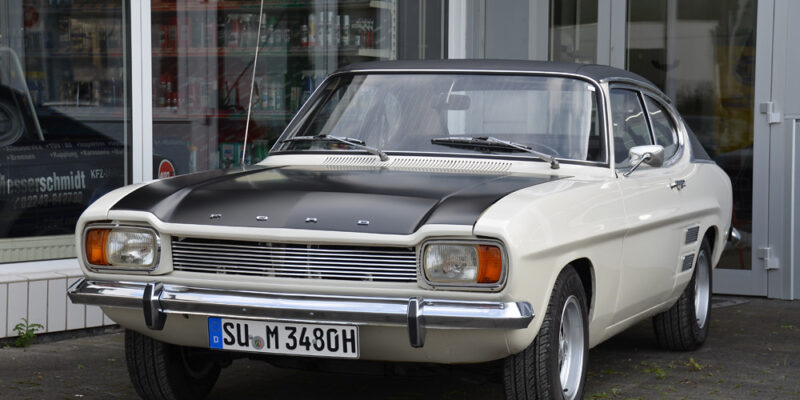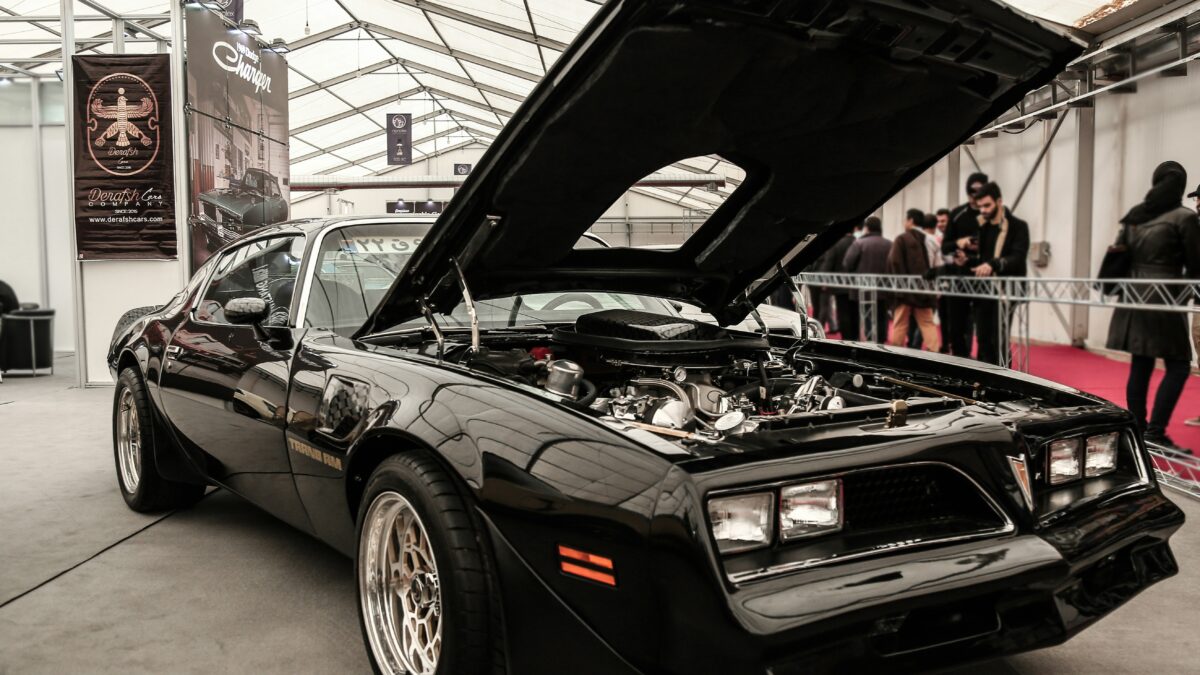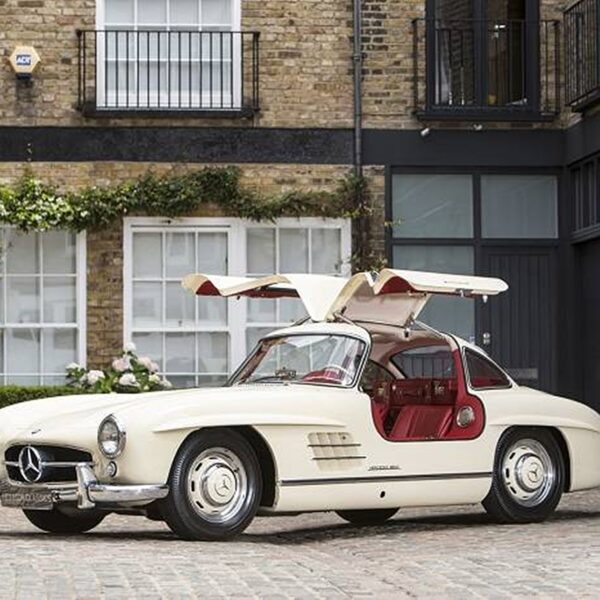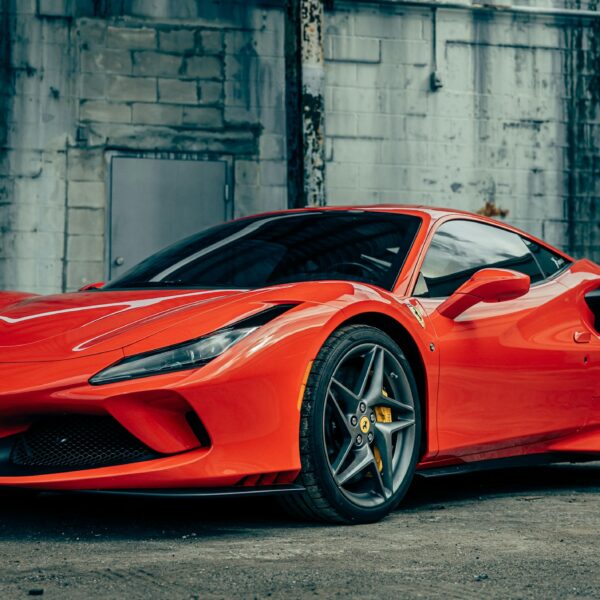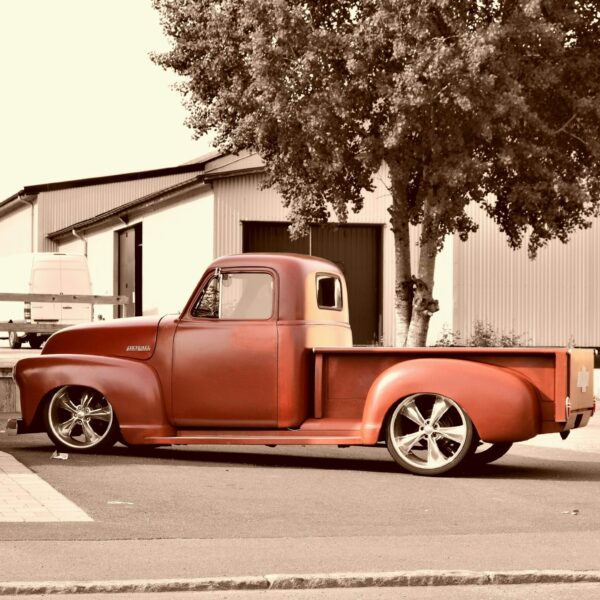The Story Behind the Ford Capri (1968-1986)
During the 1960s, the automotive market was in full swing, delivering some of the best classic cars known to date. Namesakes like Chevy Camaro, Plymouth Barracuda, and Pontiac GTO immediately come to mind as we look back on this pioneering epoch. While there were many greats, the single most iconic model of this disruptive era is the Ford Mustang. Debuting in 1964, America quickly fell in love with the Mustang’s styling, V-8 power, and affordable pricing. Beyond that, it mothered a brand new car class called the ‘pony car’, which meshed sporty styling and performance for buyers with compact budgets. As U.S. consumers flocked to the Mustang and its evolving pony generations, Europeans got a taste of something different yet very similar — the Ford Capri.
The car you always promised yourself
Reeling from the success in North America, Ford was quick to introduce the Capri at the 1969 Brussels Motor Show with the intention of replicating the same response across European markets. Affectionately known as the ‘European pony car’, here lied a fastback coupe sharing stylistic Ford features and a variety of engine options to satisfy a broad spectrum of buyers. Though the Capri encompassed most of its mechanical aspects from the Ford Cortina, its invention was strictly designed as the European counterpart to the well-adorned Ford Mustang.
Luckily, the Capri became a major hit following its initial launch onto the market. The model was built at a number of plants across Europe, including Halewood, UK, Genk, Belgium, and Cologne, Germany. And in its first few years, the sales were rather impressive. Reports show that nearly 400,000 models were sold before its first revision in 1971. The American automaker marketed this pony model as ‘The Car You Always Promised Yourself’. In more ways than one, the Ford Capri lived up to that promise. It was a star in its own right.
 Ford Capri production years
Ford Capri production years
Over its eighteen year span on the automotive market, the Capri underwent a few notable facelifts and had three successful generations. The Capri MK I was produced from 1968 to 1973 with broadly favorable reviews. The MK II was made from 1974 to 1978. The start of this production period welcomed a few practical improvements to the Ford Capri, including a new trunk design, large back window, and optional power steering.
Lastly, the third generation model was released in 1978 before its final weeks on the market in 1986. During this time, the Capri received more aerodynamic upgrades, including a new front spoiler and improved hood and front grill design. With the X-Pack trim, drivers could reach 0-60 mph in 7.4 seconds and get to a top speed of 130mph. Sales from 1984 and onwards were strictly within the UK and boosted right-hand-drive, a characteristic seating position of the region.
Interesting facts about the Ford Capri (1968-1986)
As the ‘European Mustang’, the Capri had a lot to live up to in terms of performance and capability. And though some automotive experts have belittled its prestige as a the Mustang equivalent, there is no discrediting the impact of this pony model around this time. Here are few interesting facts for those who want to know more about the Ford Capri’s history:
1. It was not supposed to be called the “Capri”
During its concept stage, Ford originally decided to call the now known Ford Capri the Ford Colt. However, Japanese manufacturer, Mitsubishi, already laid claims to the Colt namesake making it difficult for Ford to proceed. The automaker tried to fight for ownership in court, but Mitsubishi ultimately won. As a result, Ford choose to go with the moniker Capri since they had already used it on other two-door models in previous years.
2. Phil T. Clark is widely credited with the design of the Ford Capri
After recognizing the potential of a European Mustang, Ford set a plan in action to get the design process started over seas. Its said that one of the key people to help accomplish this feat was Phil T. Clark. He worked directly on the Ford Mustang before its debut. In addition, he collaborated regularly with Ford Motor’s American division as the conception of the Capri came to fruition.
3. Leaving a green mark with the Ford Capri 280
As a now exclusive model to the United Kingdom, the last limited edition of the Ford Capri was actually very memorable. All 280 models were painted in a distinct shade of green and only 1,038 were produced. Although sales weren’t as popular at this time, the 280 is a rare breed found among collector’s garages.
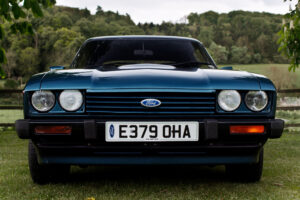
4. A RS3100 Capri model sold for record price (£74K) at Classic Car Auction’s Summer Sale
The admiration for the Ford Capri is surely not lost on Ford fanatics. A Sebring red V6 RS3100 recently sold at auction for a record breaking amount. As you might assume, this Capri model is a bit more special than the rest. In fact, it was a pre-production prototype used mainly for photographs and promotional advertising.
Here’s Ford’s look back at the remarkable history of the Ford Capri:
As fellow car enthusiast, we want to hear from you! What’s your take on the Ford Capri?






